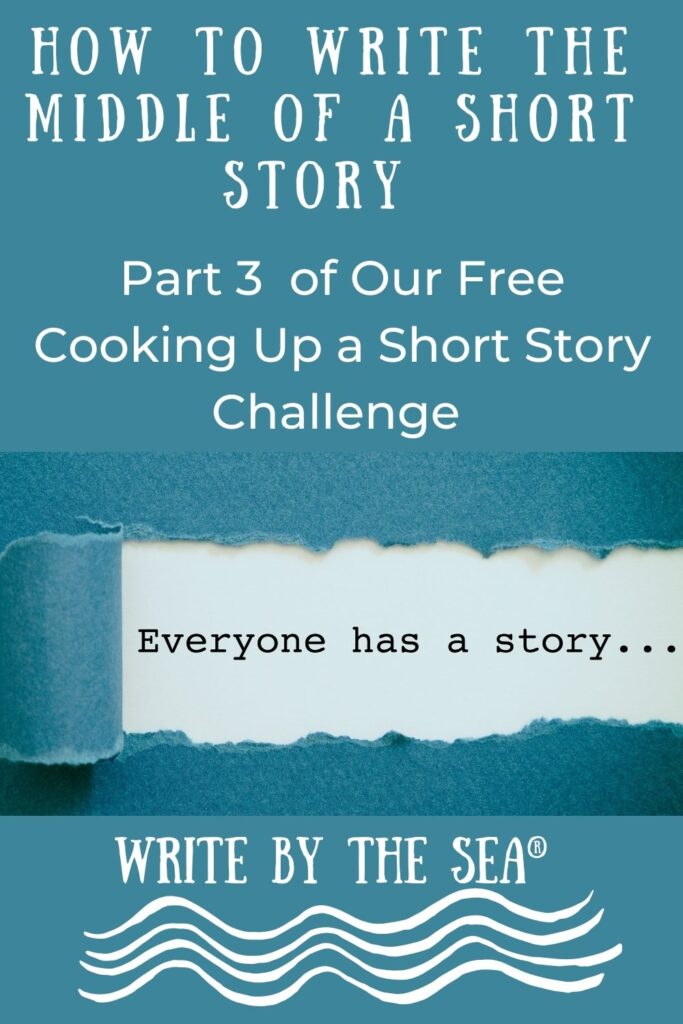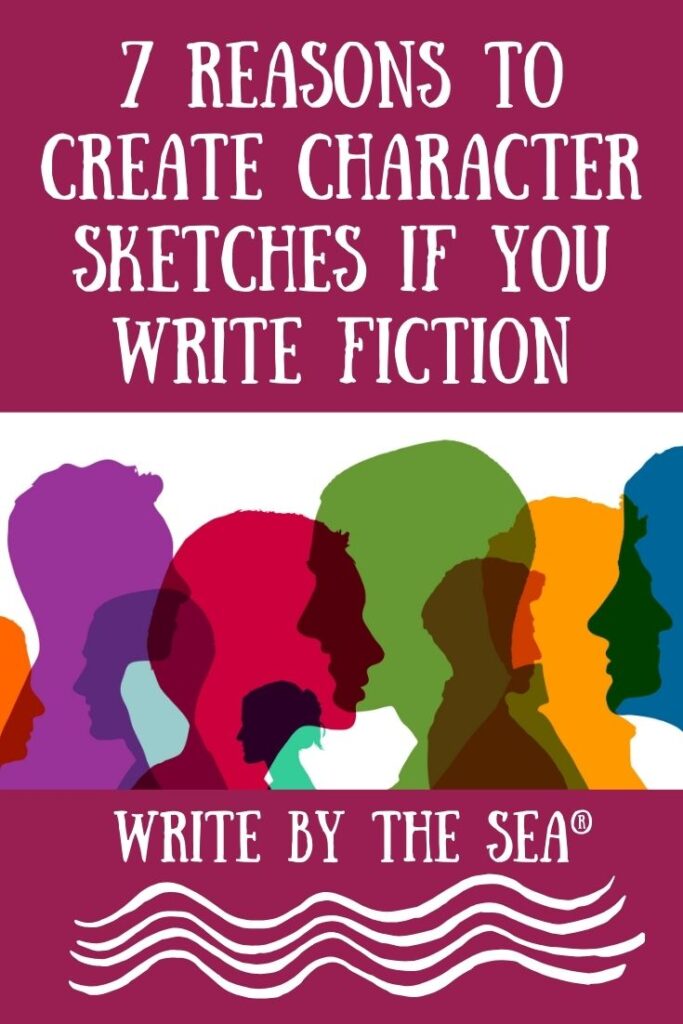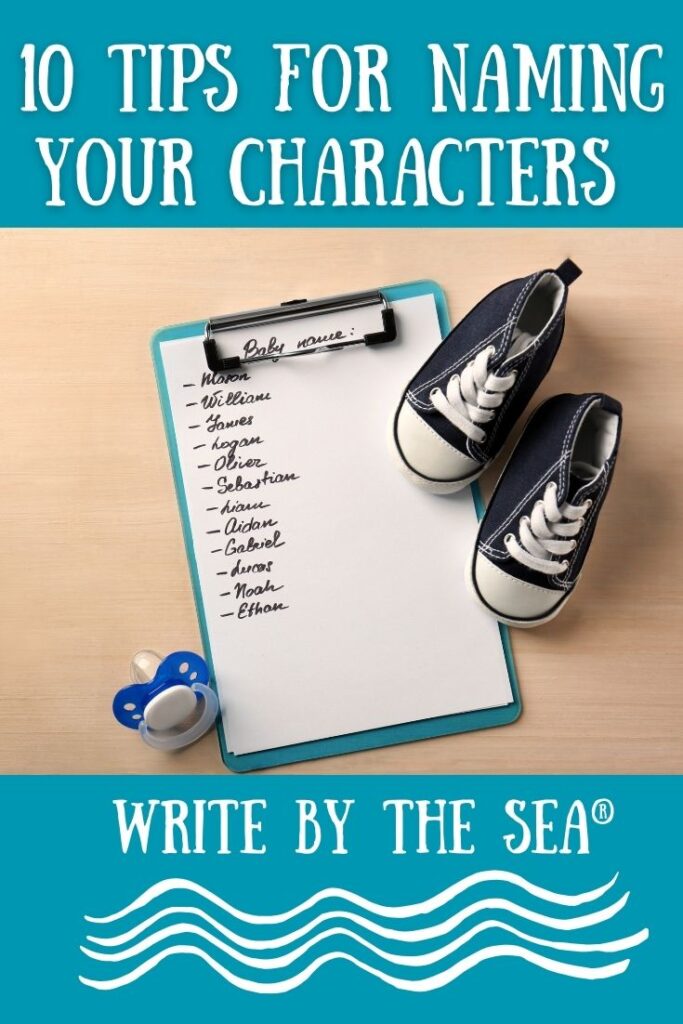by Suzanne Lieurance

Welcome to Week 3 – Lesson 3 – of Our Cooking Up a Short Story Challenge.
Listen to This Week’s Audio as you read this post:
I hope you’re enjoying this short story challenge and you’ve also been working on your story for the past two weeks.
Since you’re writing a short story for this challenge (and not a novel), you should be able to do all the writing for each lesson each week—even if you don’t have loads of free time—and this challenge is a great way to start writing regularly, so good for you for taking part in this.
For Lesson 1, you gathered together all the ingredients for your story.
For Lesson 2, you learned how to put together some of those ingredients to create the opening for your story.
This week, you’ll learn how to use some of those ingredients to cook up a great middle for your story.
Your middle might be the longest part of your story.
Unfortunately, it’s the part that many new writers spend the least time on.
They generally tend to focus on their beginning and the climax of the story and end up with what readers and editors call a sagging middle.
So let’s find out how to avoid writing a sagging middle.
The main ingredient you need for the middle of your story is rising action.
You want a rising middle, written with plenty of action and dialogue so things keep getting harder and harder for your main character to solve his overall story problem.
As I said, you want plenty of action and dialogue and not just information (narrative) because, as I mentioned last week, you want your reader to feel he is living the story right along with the characters, not simply reading what is going on.
That means you’ll need plenty of strong nouns and verbs with a minimum of adjectives and adverbs.
You’ll also want to include lots of sensory details, so you “show” the reader what a scene looks like, sounds like, smells like, tastes like, and feels like, as much as possible.
It’s also good to use figurative language, when it fits.
If you’re writing a comedy, for example, hyperbole is often fun because something over exaggerated can often be really funny.
If you’re writing a mystery, a metaphor or simile can be used to set the stage for your story.
And, of course, be sure that every piece of dialogue serves to move the story forward and or reveal something about your characters.
Read this post and watch the video for some tips on writing fiction that comes alive.
1. A short story needs to be consistent in tone and mood, so stick to the tone and mood you established in your story’s opening (beginning).
2. Don’t get too complicated in your story line, but do use the middle to develop your character more. We can learn more about this person through the subtext of details, for example.
3. Make sure one action or complication leads to another, and they aren’t simply separate actions, because you want everything in your story to tie together.
4. Start thinking about how the middle will lead into the climax and resolution of your story.
If you haven’t figured out yet what complications your main character can face as he/she tries to solve the story problem, here are a couple of ways to come up with some complications.
First, you can simply relax with a cup of coffee or your favorite beverage and just think about your story. As you do, start listing some things that could happen. Don’t worry if these don’t seem like great ideas. Just jot down everything you think of. No pressure. No time limit on this. Just sit and relax and let your mind wander.
If you still don’t come up with any great ideas for the middle of your story, you can read some published short stories in the genre you are writing to see what kinds of complications other authors came up with. Often this will lead to your own ideas.
Finally, if neither of those methods works for you, it probably means you need to get to know your characters a bit better.
I do this by interviewing my characters.
Interviewing just means I make a list of questions that I would ask this character if he or she were a real person.
Then I write down the answers as if I were talking to the character and he or she was answering these questions for me.
The trick is to ask the “right” questions, of course.
If you need help coming up with questions to ask your character(s), send me an email with the plot of your story and where you’re stuck, and I’ll probably be able to come up with some questions that might give you information that will help you move forward with the story.
Now, give yourself enough time to cook up a great middle to story.
Talk to you next week, when we’ll go over how to cook up a satisfying climax and resolution to your story.
Happy writing!
If you’re new here, don’t forget to join our mailing list.
Just fill in your name and email address, below:






